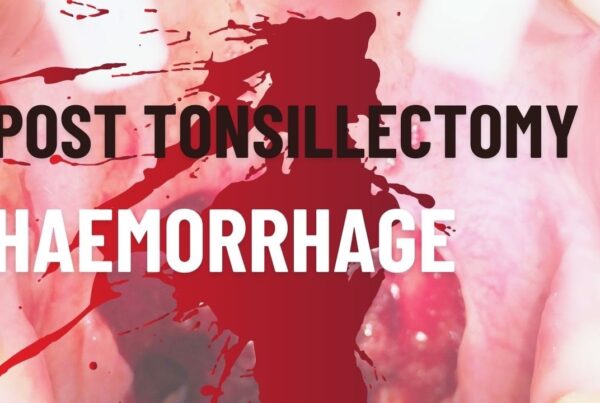CASE
A 34 year old woman presents to the Emergency Department for the second time in 4 days. Her initial presentation was for diarrhoea and vomiting, some lower abdominal pain and bloating. She had felt better whilst in the waiting room on her initial presentation. There was no real past history except for being on IVF, the last cycle being 8 weeks ago. Her last known menstrual period was 4 weeks previously. The Urine -hCG was negative. She had been sent home, with instructions to represent if symptoms worsened.
She did so, following ongoing diarrhoea and worsening abdominal pain. She now also complained of right shoulder tip pain and all movements exacerbated her pain. Her heart rate was 130 and blood pressure was 120/90.
What do you think? Our thought, particularly with the shoulder tip pain was a ruptured ectopic pregnancy.
We added a beta-hCG and did a FAST ultrasound of the abdomen, shown below. The beta-hCG came back as 8600. Our diagnosis again was ectopic. The obstetrics and gynae registrar wanted a formal ultrasound incase this was ascites from hyperstimulation (remember this was 8 weeks ago, so I think unlikely). The formal ultrasound showed a ruptured ectopic.
The ultrasound is of the right upper quadrant. You can see the liver surrounded by blood.
The patient was taken to theatre and had 3.5L of blood drained from her peritoneal cavity, with excision of a tubal ectopic – although by this stage no foetal products could be found.
The Gynae team put the diarrhoea down to GI irritation from the intraperitoneal blood, an uncommon but noted phenomenon.
The lessons (as per my registrar):
– Don’t rely on dipstick B-hCG’s. Do a serum B-hCG on all at-risk patients – IVF is a major risk factor for ectopic pregnancy (I’m not sure that this is right)
– Shoulder tip pain should always raise alarm bells
How good is the urinary -hCG?
The urine hCG is sensitive and can detect levels as low as 25 mIU/mL, which can occur very soon after implantation. Certainly, in this case, where the blood was 8600mIU/mL, the urine test should have been positive. It was obviously a fault in the test or those testing.
What is Hyperstimulation Syndrome?
We see this more often now, as more patients are in the IVF programme.
Stimulation of the ovaries to induce ovulation can be associated with either multiple gestations or hyperstimulation syndrome.
There are three grades of hyperstimulation syndrome:
Grade I (Mild) – This involves ovarian enlargement with follicular and corpus luteum cysts, of up to 5cm diameter.
Grade II (Moderate) – Ovaries may be enlarged to up to 12cm in diameter and there may be symptoms of vomiting and diarrhoea.
Grade III (Severe) – Ovaries are >12cm diameter and the patient may have ascites as well as pleural and pericardial effusions and electrolyte disturbances such as hyponatraemia. The patient may also be hypotensive.
Management of these patients depends on the degree of syndrome. It starts with supportive treatment, analgesia and intravenous fluids as needed. Be alert for potential complications such as pneumonia (due to decreased diaphragmatic excursion) and thromboembolic disease, which is probably as a result of increased oestrogen as well as hyperviscosity, due to extravasation of fluid. Resolution begins within the first week.
As always, in patients with abdominal pain, in the fertile years beware. Think of ectopic. Remember, the rate of what appears to be immaculate conception in those patients presenting to the Emergency Department (“I am not sexually active and could not be pregnant”) is about 10%. Ann of Emerg Med 1998.











Interesting case Peter!
Did the O&G Registrar get a boot in the derriere for ignoring a strongly positive FAST scan and ? If not, WHY NOT??? That should have been a “go straight to theatre; do not pass GO; do not collect $200” situation.
And yes, IVF is definitely a risk factor for ectopic pregnancy.
The boot went in, haven’t got it back yet!
I’ve had several of these now, with a positive FAST. I think what confused him was that the patient had hyperstimulation ( although this was 8 weeks before) and she was ?stable. Pulse rate was 130.
Love that ultrasound!